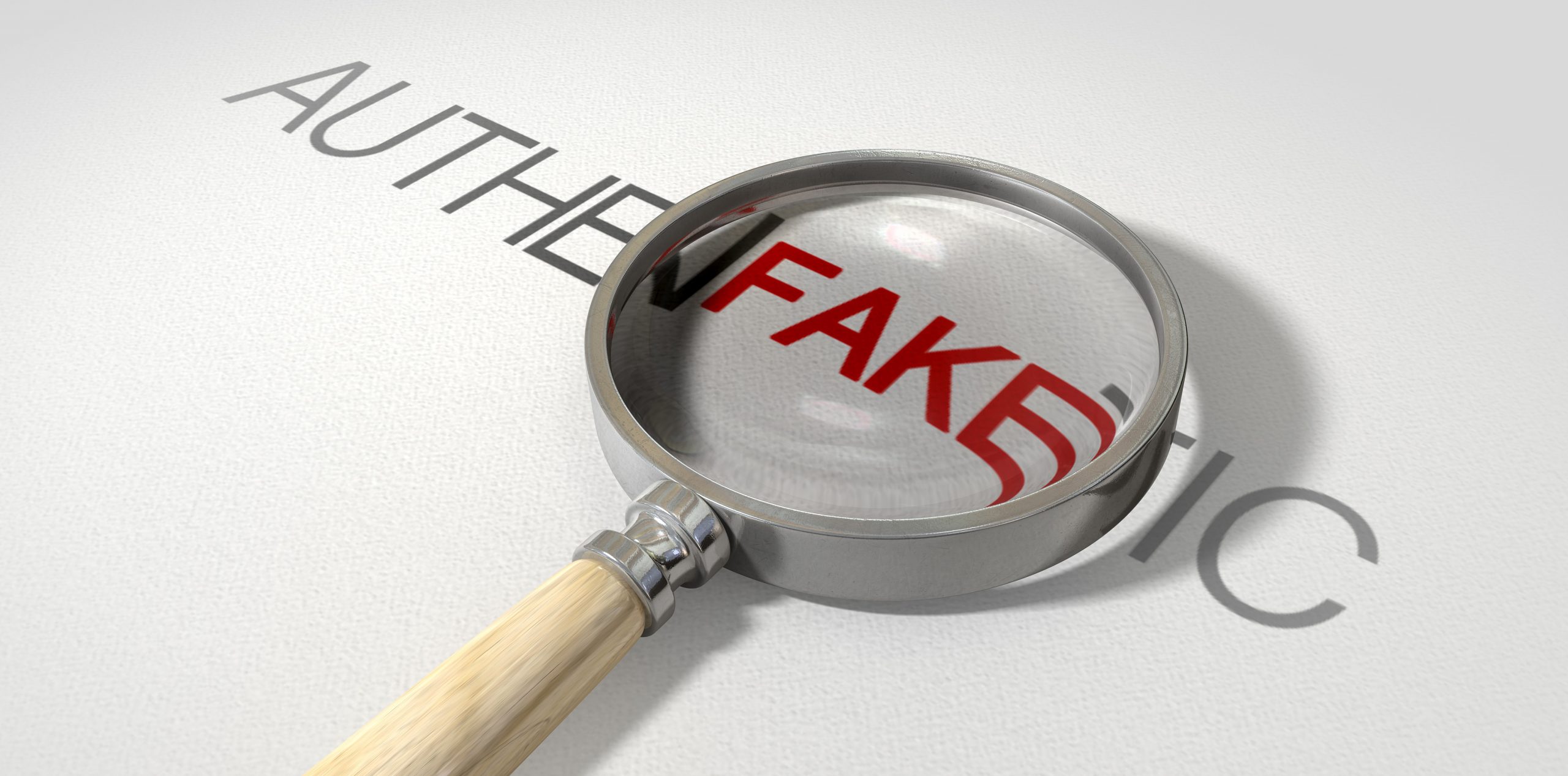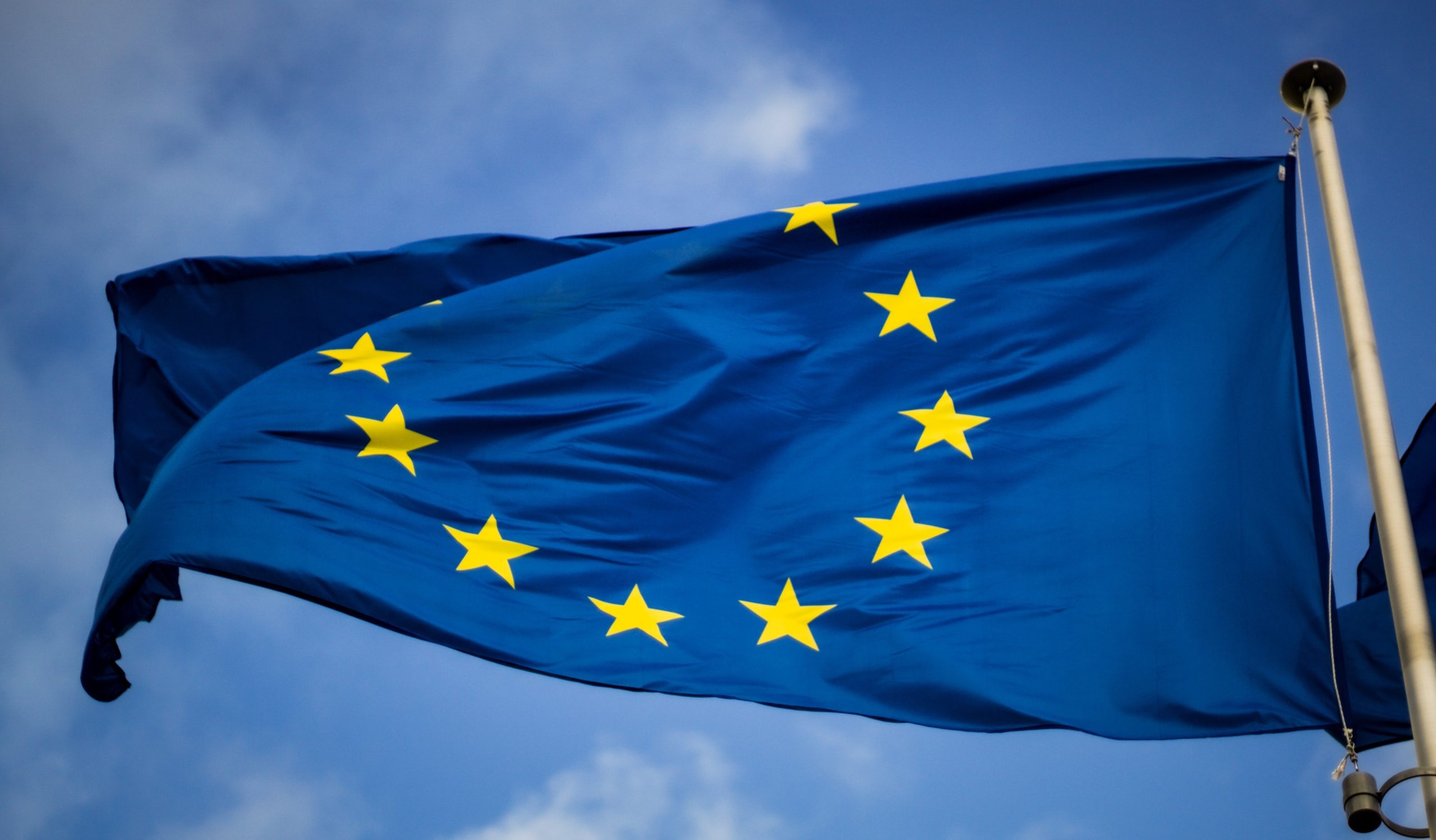Something new is happening in Italy, in terms of both trademark and copyright protection. Firstly Italian Courts have recently issued significant decisions which granted copyright protection to design works against their slavish reproduction by third parties. And secondly a shut-down of web-sites offering counterfeit products has been ordered by the Italian Antitrust Authority that found those web-sites liable for unfair commercial practices.
Slavish reproduction
The European directive for the legal protection of designs, EU Directive 98/71, requires member states to comply with the principle of ‘cumulation’ of protection of registered designs with copyright protection. However, it leaves the member states free to determine the extent to which, and the conditions under which, copyright protection is conferred, including the level of originality required.
The interpretation of Italian law as to whether industrial designs which were created before 2001 benefit from full copyright protection has been highly controversial. Indeed, when this directive was implemented in 2001, Italy granted copyright protection to works of industrial design having “inherent creative and artistic value” and provided that design registration may be combined with copyright protection.
The ten year regime
In addition, a 10-year transitional regime was established in connection with industrial designs and works that belonged to the public domain either because their design rights had expired or because they were not eligible for copyright protection. As a consequence, with respect to such designs and works, copyright protection granted to industrial designs could not be invoked against third parties that had started in good faith to manufacture or sell, before the date in which the law entered into force (i.e. 19 April 2001).
Then, in 2007, copyright protection was expressly excluded for any design which fell into the public domain before 2001: the 10-year grace period disappeared and copyright protection for designs that had fallen into the public domain before 2001 was excluded tout court.
The Flos case
Two years later, the Court of Milan made a reference to the CJEU for a preliminary ruling involving proceedings brought by Flos,a manufacturer of designer lighting, against Semeraro, a furniture producer and retailer. In January 2011 the CJEU ruled that national laws cannot refuse copyright protection to designs which, even if entered into the public domain, were eligible for such protection.
Based on the CJEU ruling, the Court of Milan stated that industrial design works could be protected as copyrighted works regardless of whether they have been previously registered as industrial designs and fixed criteria to ascertain whether an industrial design work bears “artistic value” and is therefore eligible to copyright protection: one should look at the widespread appreciation of the design work in the cultural and institutional sector for example critics, cultural institutions, museums etc irrespective of the fact that it is of daily use.
The Court of Milan then applied such criteria to assess the “inherent artistic value” of several design works, granting copyright protection to, among others, the Arco lamp (designed by Achille Castiglioni and Pier Giacomo Castiglioni), the LC/4 Chaise Lounge (designed by Le Corbusier), the Panton Chair (designed by Verner Panton), the Lounge Chair & Ottoman (designed by Charles e Ray Eames), the Nathalie bed (designed by Vico Magistretti).
Counterfeit
The Italian Antitrust Authority has been recently more and more involved in fighting trademark infringement both in terms of websites offering counterfeit products and registration of domain names including third parties’ trademark (“domain grabbing”).
Indeed, the Italian Antitrust Authority found that in both cases such activities constitute unfair commercial practice under the Italian Consumer Code. No doubts that, in the case of websites offering counterfeit products (namely, www.guccioutlet-italy.org and www.pradaborselinea.com), misleading information on the nature and characteristics of the products are provided, information on the vendor’s identity, contact details and on the post-sale consumers’ rights are omitted (for example withdrawal right), as well as in connection with the legal warranty (which could not be offered as the products were counterfeits). Moreover, the imitation of the look of the luxury companies’ online stores was found to be particularly insidious as it induced consumers into thinking they were purchasing genuine goods from official resellers.
Having regard to the procedure, notice is to be filed with the Authority. The Authority orders the shut-down of the websites so that internet users in Italy would be unable to access them. Should websites not comply with the order, the blocking measure is enforced with the assistance of the Italian tax police (Guardia di Finanza). A non-traditional but effective remedy!
Published on globallegalpost.com


